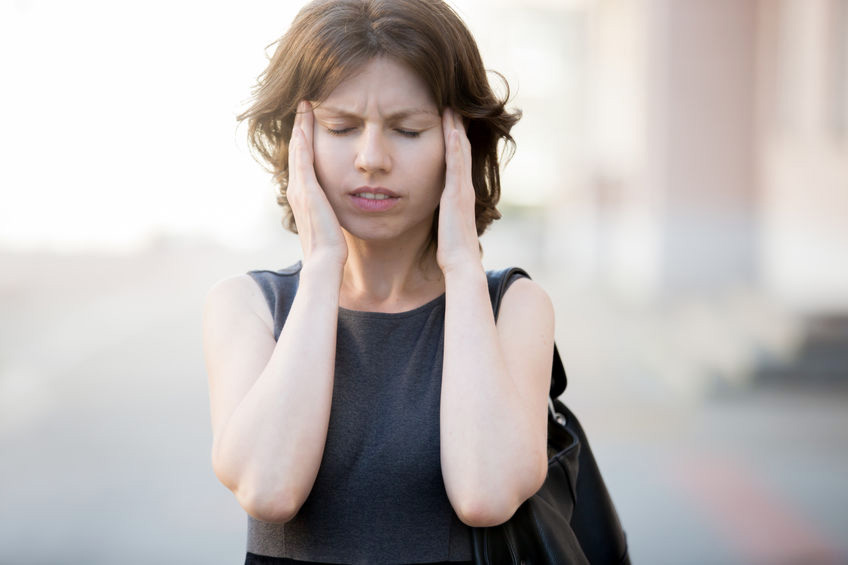Meniere’s disease is most often due to increased endolymph fluid pressure in the inner ear, similar to that of glaucoma of the eye. Endolymph fluid contains water as well as electrolytes such as sodium, potassium and chloride. If there is disturbance to the system, the volume and/or composition of the endolymph fluid can be altered resulting in symptoms of Meniere’s disease.
Causes
Meniere’s is caused if the relationship between production and absorption of fluids in the inner ear chamber is disturbed. This could be caused by circulatory, metabolic, toxic or allergic factors or injury.
Symptoms
- Violent spinning sensation (vertigo) which can last a few minutes to several hours
- Spinning attacks usually associated with hearing loss and roaring tinnitus (put a link to tinnitus page)
- Nausea and vomiting
- Feeling of fullness in the ear
- Fatigue may follow for several hours following a vertigo episode
- Episodes may present at irregular intervals and there may be years between episodes
Some symptoms may be present without others. If hearing impairment, tinnitus and ear pressure are present without the spinning sensation then it is known as cochlea hydrops. If vertigo and ear pressure are present without hearing loss or tinnitus then it is known as vestibular hydrops.
Diagnosis
Two episodes of vertigo, each lasting at least 20 minutes but not longer than 24 hours. Further specific balance testing can assess inner ear/balance organ function
- Hearing loss confirmed by an audiological assessment
- Roaring tinnitus
- Feeling of fullness in the ear
Treatments and Management
There are Invasive and Non-Invasive Treatments available however most centre around attempting to control and reduce the severity of the vertigo attacks.
Non Invasive Treatments
- Medications to assist with the severity of the vertigo attack including motion sickness and anti-nausea medications
- Diuretics can help to reduce fluid retention in the ear
- Minimising salt, coffee and nicotine is the diet
- Vestibular rehabilitation to assist in improving balance function
- Hearing Aids to improve hearing
Invasive Treatments
- Injections of steroids or gentamicin to help control and reduce spinning attacks. There is a risk of further hearing loss with these treatments
- Surgical options are generally very extreme and rarely used.
- Endolymphatic sac procedure. In this procedure a small portion of bone situated over the endolymphatic sac is removed to prevent compression of the endolymphatic sac which is important in regulating inner ear fluid levels. Again, this surgical procedure aim at alleviating any balance symptoms caused by the disruptions to fluid pressure in the inner ear.
- Vestibular nerve section. Which involves cutting the nerve responsible for balance. As a results ongoing balance issues are resolved whilst preserving hearing in the affected ear.
- Labyrinthectomy. This procedure removes all the balance portion of the inner ear which removes both balance and hearing function. This will only be performed if there is little or no hearing remaining in the affected ear.

